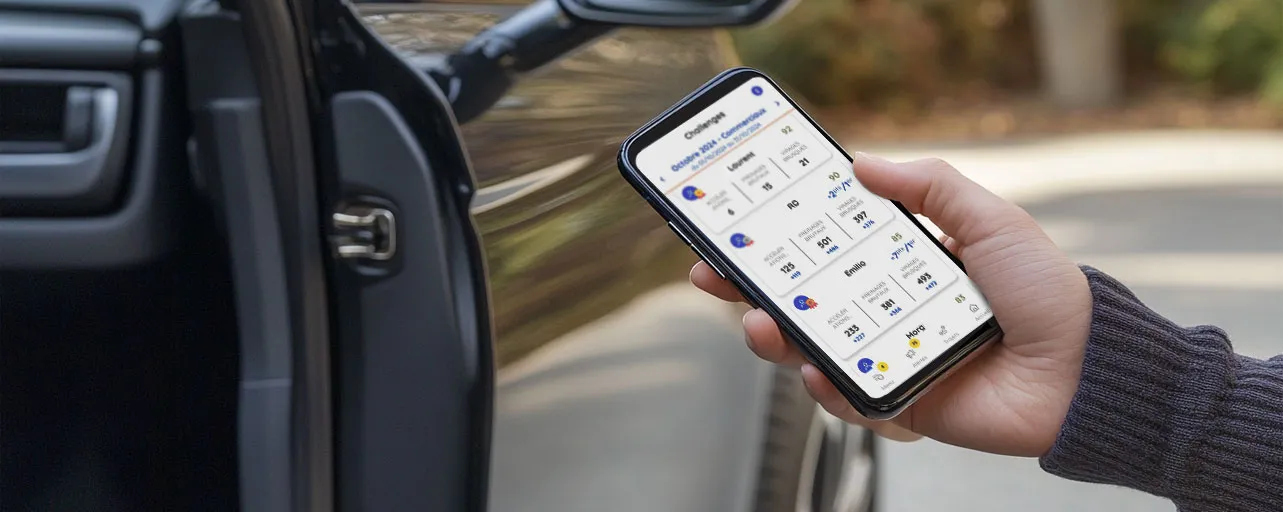
Introduction
The 2026 PLF has just been presented and marks a fiscal turning point for the French automotive sector. In a context where ecological transition and the reduction of public deficits are priorities, the text integrates several devices that will directly affect corporate car fleets.
This article deciphers five key measures to anticipate in order to help fleet managers plan and adapt their strategy.
1. Hardening the CO₂ penalty: thresholds, schedule and ceiling
The registration penalty for vehicles that emit CO₂ is reinforced in PLF 2026. The trigger threshold will be lowered to 98g/km for 2028 (compared to 113 g/km today). The ceiling could reach€100,000 (compared to €70,000 today) for vehicles emitting more than 187 g/km
➡️ Implication for car fleets : heavy thermal models or CO₂ emitters will see their acquisition and fiscal costs increase sharply. It is becoming essential to integrate these new thresholds into your tenders and renewals.
2. Malus “mass” (by weight): towards an addition of taxes
The 2026 PLF provides for the end of the cap between the CO₂ penalty and the weight penalty, which means that the two taxes can be added together freely. In addition, for certain categories of vehicles, exemptions and allowances linked to the weight penalty will be reduced or conditioned.
➡️ Impacts for fleet managers: SUVs, heavy commercial vehicles or very busy finishes will have to be evaluated in light of this double tax penalty. Particular attention must be paid to the weight of the vehicles and to the car-policy strategy.
3. Annual tax on CO₂ emissions and greening of fleets
The bill perpetuates and accentuates the trajectory of the annual CO₂ tax (formerly called TVS) and introduces a framework until 2028. For example, by 2028, the annual tax may reach significant amounts for vehicles that emit more than 161 g/km of CO₂.
➡️ What is changing for you: the cost of ownership of non-“ low-emission” vehicles will increase, reinforcing the attractiveness of electric or very fuel-efficient vehicles. It is advisable to simulate the impact on your fleet now.
4. Greening trajectory and strengthened obligations
While the quotas set by the Mobility Orientation Law (LOM) do not formally change in the 2026 PLF, the strengthening of taxation induces increased pressure to meet the “low-emission vehicle” objectives.
➡️ For large fleets (more than 100 vehicles): anticipate renewals, favor electric or plug-in hybrid vehicles, and review the mobility strategy to remain compliant and control the TCO (total cost of ownership).
5. Visibility over several years: by 2028, increased readability
One of the advantages of the system is the visibility given until 2028: thresholds, ceilings, scales are announced in advance. This allows businesses to plan their investments and adjust their renewal strategy taking into account these constraints.
➡️ Key tip: incorporate these horizons into your budget planning now. Active regulatory monitoring and a regular audit of your fleet are essential to avoid surprise effects.
Conclusion: act now to anticipate
The 2026 PLF confirms that car taxation is becoming a major driver of the ecological transition and that it is no longer just an announcement effect. For fleet managers, it is time to anticipate: choose light, fuel-efficient, low-emission vehicles; simulate the impact of future taxes; adapt purchasing and fleet policies.
Chez Optimum, we support you in auditing your fleet, simulating future TCO and implementing an optimized car policy for the years to come. Don't wait for constraints to become a problem: turn them into opportunities.




